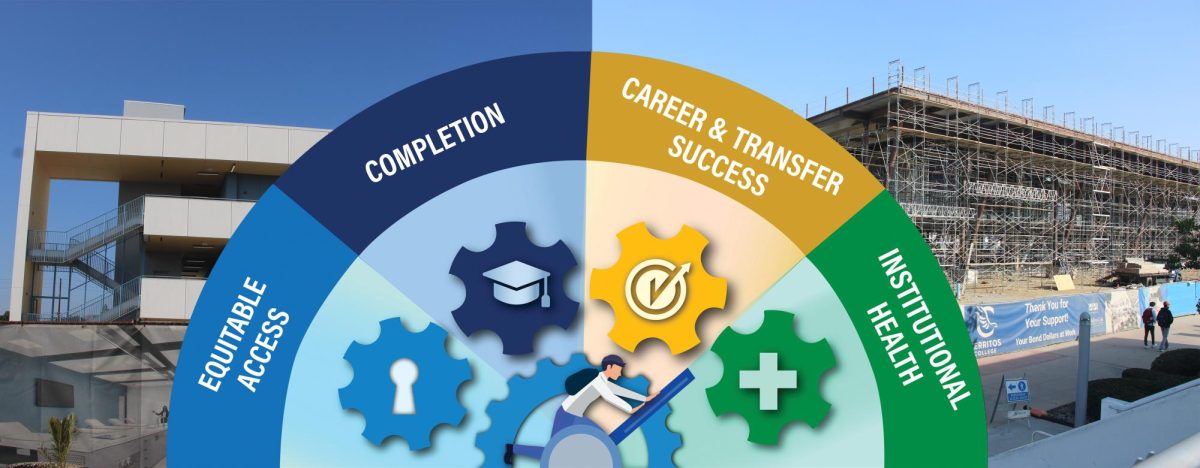Most of the dangers college athletes in contact sports face, on and off the field, are apparent.
With Rio Hondo College wrestler Jesus Cruz becoming unresponsive, and later being declared diseased, minutes after participating in a tournament against Cerritos college, we must identify the less-obvious sources of danger.
The loss was reported to the coroner’s investigators as natural, but an autopsy has still not been performed.
We must do all we can to test and monitor the health of our athletes.
Div. I schools lead in tests for hidden conditions, but all schools need to follow, and even surpass, their lead.
The dangers of athletics are inevitable but certain precautions are taken to reduce injury, and even death.
Football players wear helmets, wrestlers wear headgear, soccer players wear shin guards, and so on.
Even specialized tests are done on athletes, aside from a broad health physical, that are catered directly to their sport.
For example, wrestlers must pass a urine-hydration test to qualify for competition in a given weight class each season, because of the sport’s tendency to cause low-water percentages in participants.
Likewise, additional tests should be included when discussing the qualification of athletes participating in any contact sport or sports where one is exposed to high levels of cardiovascular activity.
With an accurate cause of death for the Rio Hondo wrestler still in the works, one can only speculate what the natural cause may have been.
Cardiac arrhythmia, a sudden acceleration of the heart followed by a sudden stop, is a characteristic of sickle cell disease and could have contributed to the death of West Orange-Stark quarterback Reggie Garrett, and possibly Cruz.
Garrett suffered a seizure, also typical of sickle cell disease, last Friday night after a touchdown pass at a high school game in Texas; immediately thereafter, he became unresponsive.
Though it is not confirmed that Garrett had sickle cell disease, he did have a history of similar seizures during periods of high physical activity and no other cause has been identified.
With tests for sickle cell disease costing as low as $75, there is no reason why any athlete, no matter what division, should compete without one.
Hypertrophic cardiomyopathy, or HCM, is another genetically-caused cardiovascular disease that can cause sudden death in athletes.
It thickens the muscles in the heart, increasing the likelihood of cardiac arrest during strenuous activity.
The fact remains that many sources of danger, for athletes, cannot be resolved by the bandage of safety equipment.
While the causes of death for Cruz and Garrett are to be determined, we can all begin addressing the warning that their lives have dealt us.
There can never be enough done to ensure our athletes are completely safe when they compete, but our love for the participants and sports must push us to protect ourselves and others.







